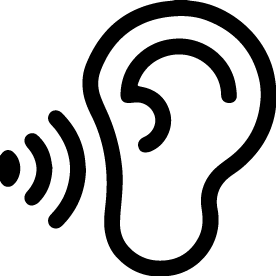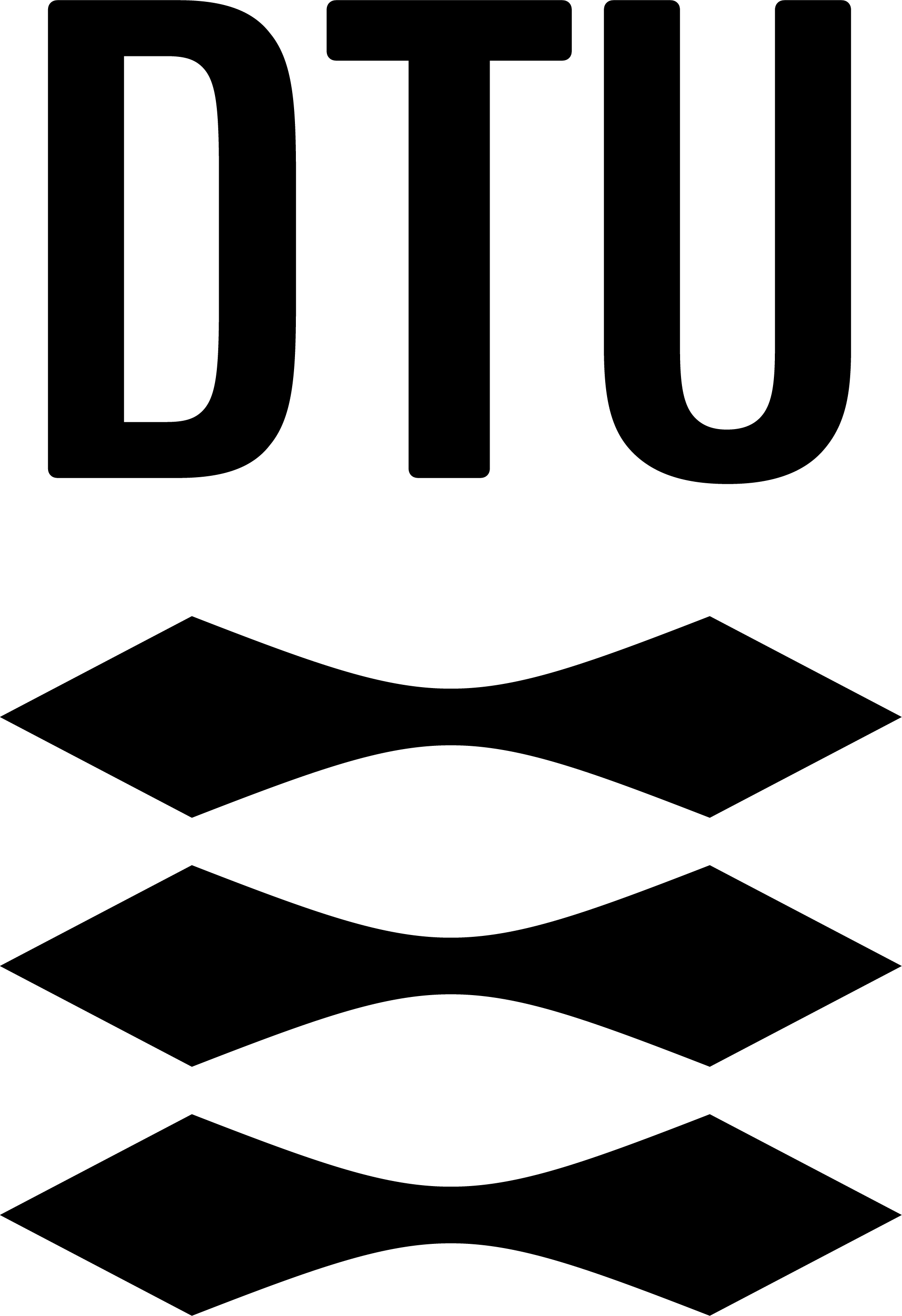Desk research Add/remove
Purpose:
Tips to include participants who are not able to:

See

Focus

Speak

Hear

Move

Think

Emote

Hold

Touch
Overview
Input
Research
Output
Data collection
Complexity
Moderate
Time
Ongoing
Participants
N/A
Activity
- Be reflective
- Plan
- Gather data
- Be analytical
Step by step:
Define the objectives of your research. In order to search well, you need to know what it is that you are looking for.
Create a research plan.
Define your stakeholders or create an actor network.
Conduct the research.
Conclude and verify the data/information you have gained throughout your research.
When doing this method you should consider:
As it can be difficult to determine when to stop researching it would be a good idea to create a research plan before you start doing your research. The plan will most likely change along the process although it is a good idea to have some structure. Often times, developers have a hard time moving on from research because there will ultimately always be more to learn, but if you have created a plan with overall learnings that you want to achieve and you have achieved them you have an indicator saying ‘it is okay to move on to the next steps in the development’.
Make sure that you are diverse in your research. Do not accumulate all data/information from only using one method e.g. reading papers online. It is important that you both do desktop research, talk to people, perform different methods etc. to gain many perspectives on the subject you are researching.
Materials needed:
Computer, interview guides, methods & templates to collect data, paper, pens, post-its.





